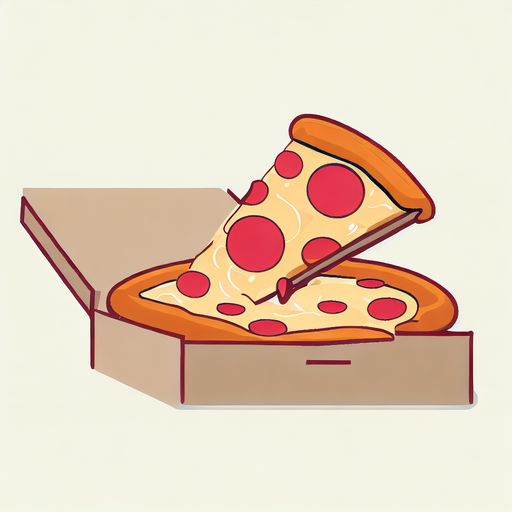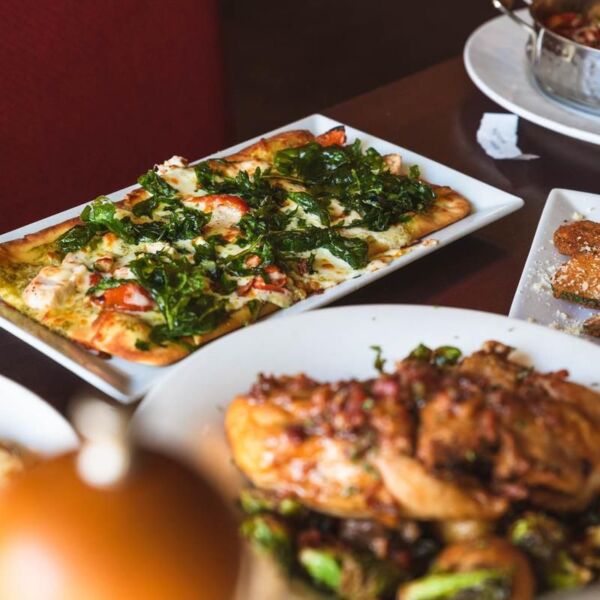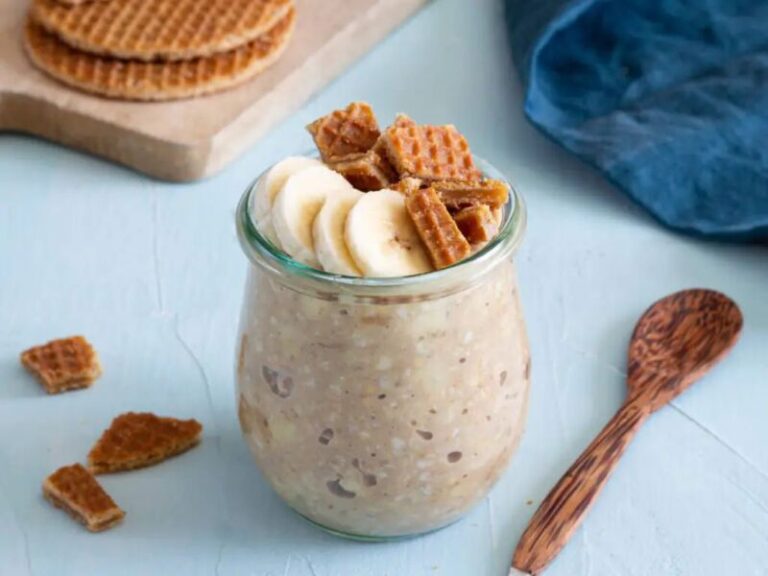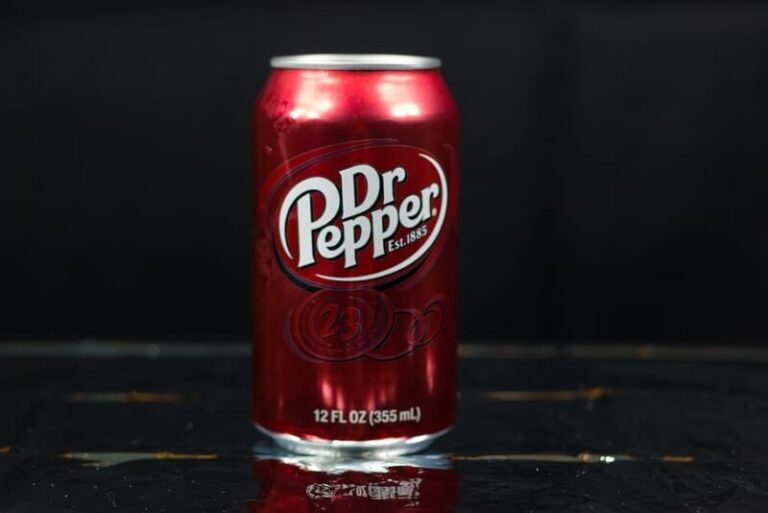How Many Calories in a Slice of Pizza?
Pizza is one of the most popular and convenient foods around. Who doesn’t love a hot, cheesy slice every once in a while? But for those watching their calories and managing their diet, it’s important to understand just how many calories are in that tantalizing slice of pizza.
There are many different styles of pizza to choose from, each with their own distinct characteristics. Here we’ll take a look at the average calorie counts for slices of some of the most common pizza types:
- Cheese Pizza
- Neapolitan Pizza
- New York Style Pizza
- Pepperoni Pizza
- Chicago Style Pizza
- Detroit Style Pizza
How Many Calories In A Slice Of Cheese Pizza
Cheese pizza is one of the simplest and most convenient options for getting your pizza fix. But the carb and sugar content of pizza dough, sauce, and cheese can really add up.
On average, one slice of cheese pizza contains between 250-350 calories. The exact amount can vary significantly depending on the size, crust, thickness, and ingredients.
Here’s a breakdown of estimated calories for common cheese pizza slice sizes and styles:
- Thin crust cheese pizza (1/8 of a 14” pie): 250 calories
- Hand-tossed medium crust cheese (1 slice): 300 calories
- Thick crust cheese pizza (1 slice): 340 calories
- Stuffed crust cheese pizza (1 slice): 370 calories
- Pepperoni thin crust pizza (1 slice): 275 calories
- Meat lover’s medium crust pizza (1 slice): 350 calories
While cheese pizza tastes great, all that melted cheese and dough means a high saturated fat content. Just one slice can contain around 8-12 grams of saturated fat. For optimal heart health, the American Heart Association recommends limiting saturated fat intake to 13 grams daily.
Neapolitan Pizza
Originating in Naples, Italy, Neapolitan pizza is a thinner, classic style. It’s traditionally made with simple, fresh ingredients like tomatoes, mozzarella cheese, fresh basil, and olive oil.
A slice of 8-inch Neapolitan pizza contains around 230 calories. Given its thinner crust and lighter toppings, this style tends to be lower in calories than many other options.
Cheese Pizza Nutrition Facts
To get more specific, let’s break down the nutrition information for a popular hand-tossed cheese pizza:
- Calories in 1 slice (1/8 of a 14” pizza): 200
- Total fat: 8 g
- Saturated fat: 3.5 g
- Trans fat: 0 g
- Carbohydrates: 25 g
- Protein: 9 g
- Cholesterol: 20 mg
- Sodium: 510 mg
For a thin crust cheese pizza, here is the approximate nutritional value for one quarter of a 14” pie:
- Calories: 220
- Total fat: 9 g
- Carbs: 26 g
- Protein: 11 g
So you can see that the thinner crust option is a bit lighter than the traditional hand-tossed pizza.
New York Style Pizza

With its oversized slices featuring thin, foldable crust, New York-style pizza is an American favorite.
Authentic New York pizza is hand stretched and baked in a blazing hot oven, creating a crispy exterior and slightly chewy interior crust.
One slice of New York style pizza (1/8 of a 14” pie) contains approximately 250 calories. The thinner crust means slightly lower calories than some other pizza varieties.
Pepperoni Pizza
Pepperoni is one of the most beloved pizza toppings. Who can resist the spicy, savory flavor of cured pepperoni on hot pizza?
On average, a slice of pepperoni pizza made with an 8-inch thin crust contains around 275 calories. The addition of fatty pepperoni contributes more calories than a simple cheese slice.
For a 14” New York style pepperoni pizza, one slice serves up about 300 calories. So the larger slice size and abundance of pepperoni adds more calories.
Chicago Style Pizza
Chicago style pizza stands out for its deep dish, buttery crust overflowing with cheese and toppings.
To create the signature crust, a thick layer of dough gets pressed up the sides of a deep pan, forming outer walls around the ingredients.
Due to the buttery, dense crust and ample toppings, one slice of an 8-inch Chicago style pizza contains approximately 280 calories. The thick crust means more dough and calories per slice compared to thin crust varieties.
Detroit Style Pizza
Hailing from Detroit, this pizza is baked in rectangular steel pans to achieve a crispy, fried bottom crust. The dough is lighter but airy and features delicious crispy edges.
A Detroit style pizza slice made with an 8-inch by 10-inch pan contains around 290 calories. The olive oil-brushed fried bottom adds more fat and calories than traditional pizza crust.
Why Does Pizza Have So Many Calories?

With all these calories for one slice, you may be wondering why pizza is so high in energy content. There are a few reasons pizza can quickly add up in calories:
- Carb-rich dough – The crust is made from refined flour, which lacks nutrients but packs a carb and calorie punch.
- High-fat cheese – Oozing mozzarella and other full-fat cheeses provide a lot of saturated fat.
- Calorie-dense toppings – Meats, processed toppings like pepperoni, and condiments add more calories.
- Large serving sizes – Pizza slices are often oversized, leading us to eat more calories per serving.
While pizza tastes delicious, it does require finding the right balance of nutrition and indulgence.
How Toppings Impact Pizza Calories
When selecting pizza toppings, nutritionally-minded folks should be mindful of their choices. Here are some tips:
- Opt for vegetable toppings – Ingredients like mushrooms, onions, spinach, and peppers add nutrients without excessive calories.
- Avoid high-fat meats – Pepperoni, sausage, bacon, and extra cheese significantly increase calories and saturated fat.
- Use sparing amounts of high-calorie toppings – A little goes a long way with ingredients like olives, pineapples, and plant-based meats.
- Ask for toppings on the side – Only adding what you’ll eat prevents waste and avoids overdoing it on carbs and calories.
Finding the ideal balance between flavor and nutrition may take some practice. But a few simple swaps can make pizza a more diet-friendly option.
The Role of Pizza Sauce
Pizza sauce brings essential moisture, flavor, and visual appeal to pizzas. Along with tomatoes, most pizza sauce contains added sugar, olive oil, onions, garlic, herbs, and spices.
Here’s a look at some of the key ingredients in pizza sauce and how they impact calorie content:
- Tomatoes – Provide vitamin C, cancer-fighting lycopene, and low-cal flavor.
- Sugar – Enhances flavor complexity but adds empty carbs and calories.
- Olive oil – Provides monounsaturated fats and antioxidants but contributes calories.
- Onions and garlic – Deliver savory flavor without excess calories.
- Spices – Boost flavor with virtually no calories.
Our attraction to rich, sweet and salty flavors means carb and calorie-dense pizza is inherently appealing to our palates. Finding the right balance with thoughtful ingredient choices is key.
Does Pizza Have Any Nutritional Value?

With all those calories, fat and carbs, you may think pizza is purely unhealthy. But the reality is more nuanced. Choosing whole grain crusts and loading up on vegetable toppings can provide valuable nutrients.
Here are some of the potential health benefits of pizza:
- Essential minerals – Cheese provides calcium and protein, while sauce offers potassium.
- Vitamins – Tomatoes provide antioxidant vitamin C, vitamin A, and vitamin K.
- Fiber – Whole wheat crusts add filling fiber lacking in white flour dough.
- Lycopene – Red sauce is rich in lycopene, which may help fight cancer and heart disease.
- Probiotics – Fermented crusts provide gut-healthy probiotic cultures.
So while moderation is key, pizza does offer some redeaming nutritional value amidst the indulgence.
Tips for Low-Calorie Pizza
If you’re looking to keep pizza night while maintaining overall diet goals, here are some tips:
- Avoid thick or deep dish crusts, which provide more dough and calories per slice.
- Steer clear of cream or oil-based sauces, like alfredo or garlic olive oil, to prevent excess saturated fat intake.
- Opt for red sauce without added sugar or oil. Make it yourself with canned tomatoes for maximum nutrition.
- Load up on low-calorie veggie toppings like spinach, peppers, onions, and mushrooms. They provide nutrients without the fat.
- Skip the fatty meats like pepperoni, bacon, and sausage which ramp up saturated fat and sodium.
- Use mashed avocado or hummus instead of cheese or red sauce for a creamy, nutritious base without the dairy.
- Choose whole wheat or cauliflower crust to increase fiber and nutrients while decreasing carbs.
Conclusion
As we’ve seen, the calories in a slice of pizza can range quite a bit depending on the crust, toppings, and portion size. For an average slice, you can expect anywhere from 200-350 calories. Being mindful of your choices and practicing moderation is key to enjoying this popular food while maintaining overall diet goals. Keep portion sizes reasonable, load up on veggie toppings, and opt for thinner, high-fiber crusts whenever you can. With a little planning, pizza can be a delicious part of an overall balanced diet.





